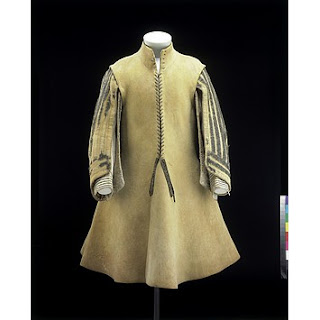Možir, A.; Strlič, M.; De
Bruin, G.; Trafela, T.; Kralj Cigić, I.; Kolar, J.; Deselnicu, V.; "Non-Destructive Characterisation and Dating of Historic Parchment Using Near Infrared Spectroscopy", International Conference on non-destructive investigations and microanalysis for the diagnostics and conservation of cultural and environmental heritage (ART 2011), 13-15 April 2011, Florence, Italy
Abstract:
Parchment is a complex natural material made from animal skin, which has been used as a writing support and for bookbinding. Due to the historic value of objects made of parchment, understanding of their degradation and their conservation is of high importance to archives, libraries and museums. It was recently shown that lipid content in parchment may have an important influence on collagen degradation, probably via autoxidation. For parchment, a direct link between lipid content and degradation has, however, still not been demonstrated. The goal of this research presented here was to introduce NIR spectroscopy as a new non-destructive spectroscopic method of characterization of proteinaceous historic materials and to examine the relations between lipid content and degradation of parchment, measuring shrinkage temperature.















